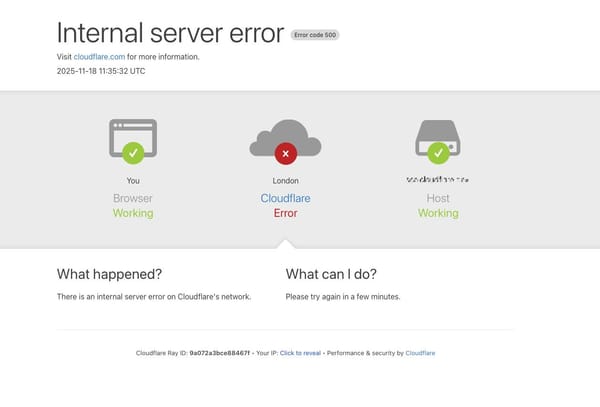How AI 'workslop' is destroying productivity
Passable-looking AI output shifts work burden downstream, creating more problems than it solves.

You've heard great things about AI. It turns out AI can also destroy productivity for workers, says a Harvard Business Review report. And it's already happening.
Ever received a document that looks fine at first glance? The formatting is perfect, the language flows smoothly, the structure seems logical. But as you dig into it, you realise it lacks the substance to meaningfully advance the task at hand. And you end up spending more time trying to figure out what the author actually meant than if you'd just been given a few bullet points to start with.
Congratulations. You have been workslopped.
The rise of passable-looking rubbish
As the world turns to AI for productivity, a growing number are using it to create low-effort, passable-looking output that actually creates more work for their co-workers.
It used to be that poor performers at work were quickly identified. Their documents were sloppy, their analyses incomplete, their presentations half-baked. The quality of their thinking was visible in the quality of their output.
Today, they can turn to AI to rapidly generate polished, well-formatted reports and presentations that mask the absence of actual thought. The content looks professional. That's the problem. Because looking professional isn't the same as being useful. The documents are often unhelpful, incomplete, or missing crucial context about the project. But it takes some scrutiny before it dawns on you that there's nothing underneath.
Workslop shifts the burden of work downstream. The person who generated the content saves time whilst everyone else pays the price. They've effectively transferred their cognitive effort to you - forcing you to interpret, correct, or completely redo what they should have done properly in the first place.
Someone else's problem
Those on the receiving end often have to do substantially more work than the sender. They must decode the content, infer missing or false context, and potentially rework everything from scratch. You're not collaborating at that point, you're doing someone else's job for them.
According to the report, workslop cuts across industries and seniority. It happens between peers 40% of the time. From workers to managers 18% of the time. From managers to their teams 16% of the time. The latter could be the worst - it's a tax on the entire team's productivity, sanctioned from above.
Apart from time wasted, workslop impacts relationships. Trust erodes quickly when you realise someone is consistently dumping low-quality work on you whilst claiming to be productive. You start viewing their contributions differently. You begin to wonder if they're actually thinking about the work at all.
Why I write everything myself
This research underscores why I write my posts manually. My posts are easy to read because I take on the cognitive burden of understanding the material first, then take further effort to explain it simply.
Instead of saving my time by using AI to churn out copy, I save readers' time by carefully structuring and tweaking what I write. Someone has to do the hard thinking. I'd rather it be me than force thousands of readers to decode what I actually meant.
This is the fundamental choice with AI tools. You can use them to shift cognitive load onto others, or you can use them to enhance work you're already doing well. The first approach might look like productivity in the short term, but it's a tax on everyone around you.
The difference isn't about using AI or not using AI. It's about whether you're willing to do the hard work of thinking, regardless of what tools you use.




